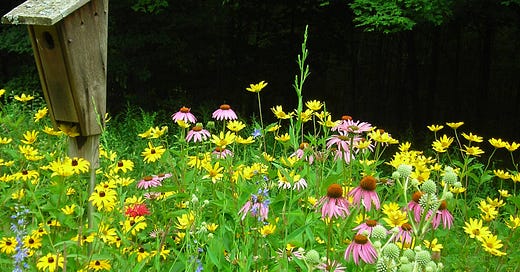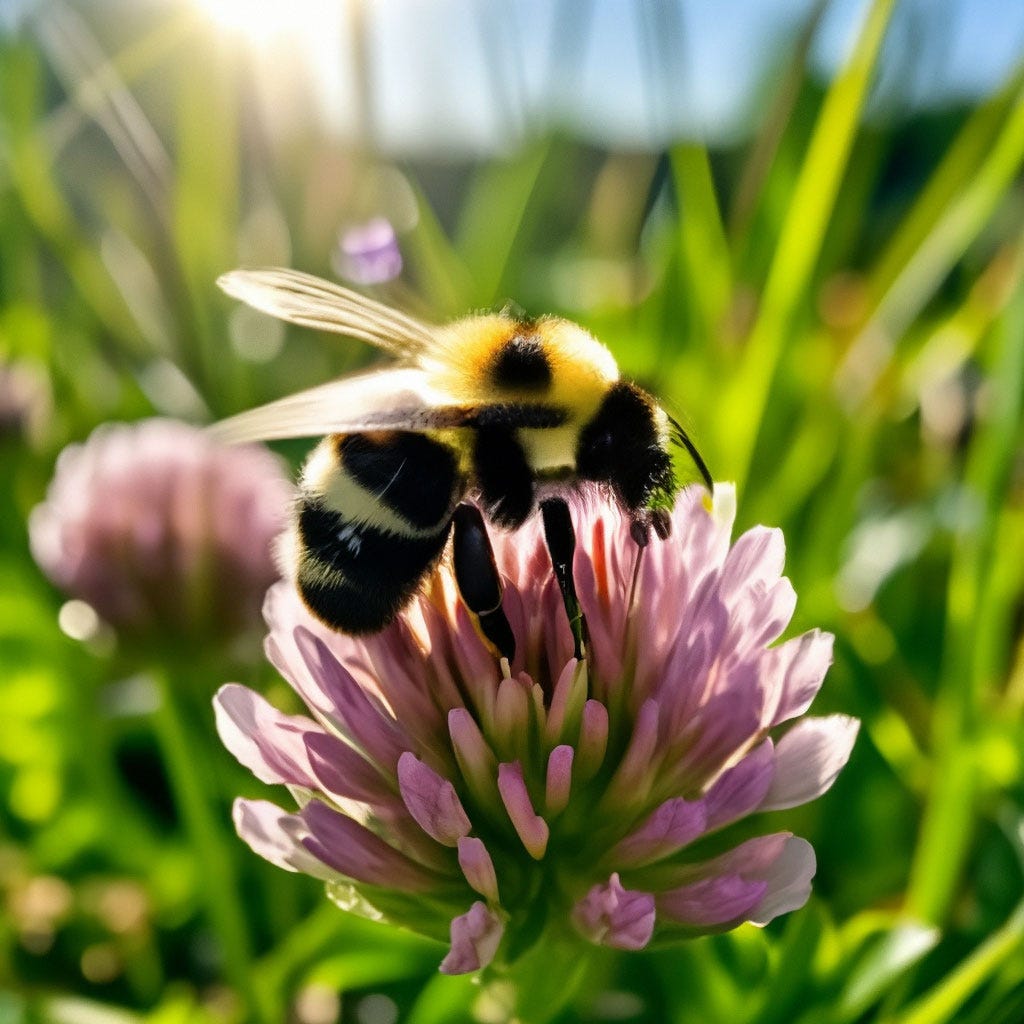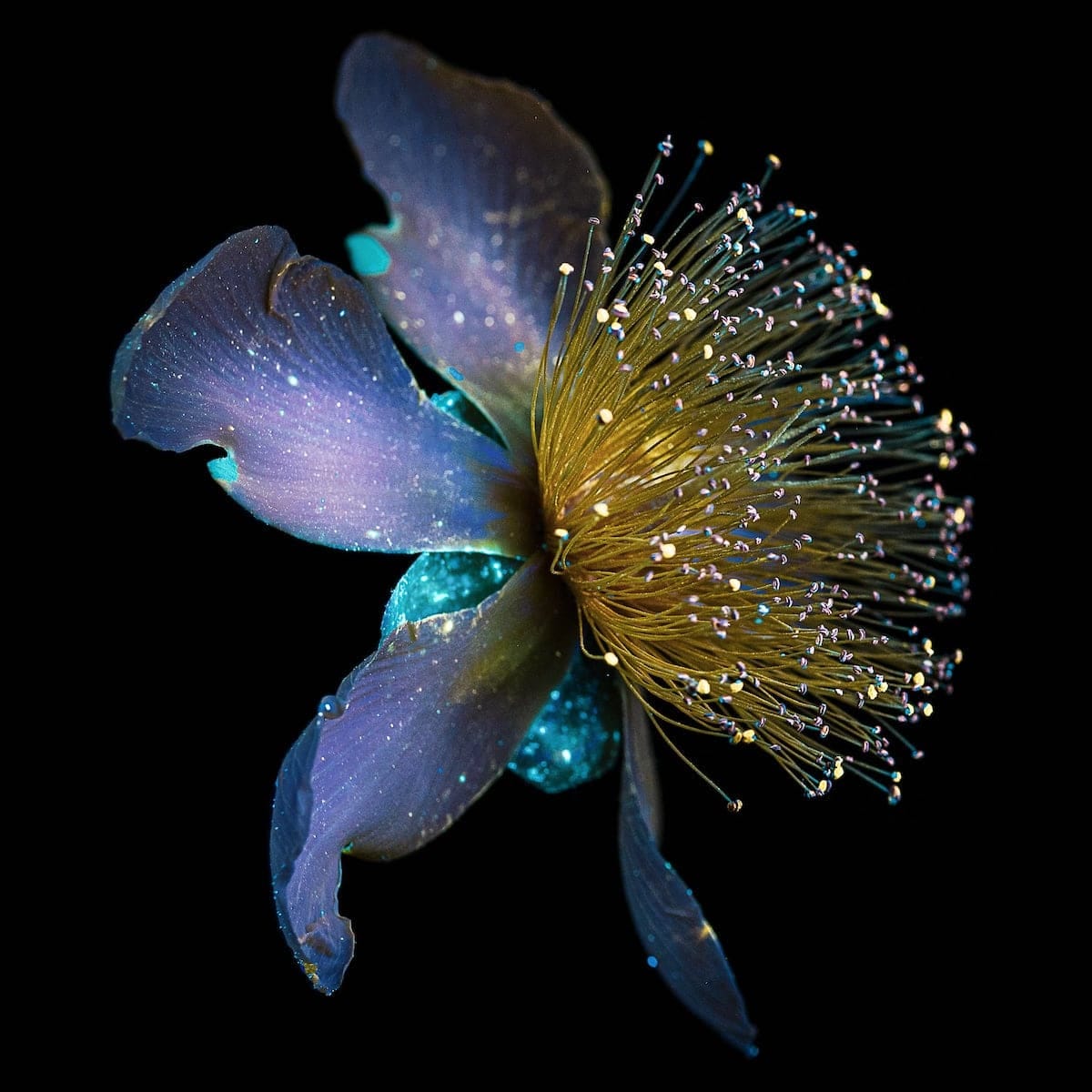My past two articles harped on what not to plant in your landscape (Invasion of the Habitat Snatchers and Habitat Snatchers II). This time around, I want to discuss some of the wonderful, beautiful, and fantastic indigenous flowers, shrubs, and trees that will make your buzzing, flittering, creeping, crawling neighbors so thrilled they decide to make your yard their forever home.
Why are the birds and the bees and the flowers and the trees so happy? Simple: native plants and native wildlife benefit each other and keep ecosystems in balance.
So Why Are Non-Native Plants A Problem?
While insects love the sugary nectar and protein-rich pollen from dandelions, clover, and such, these plants should not be considered a primary food source in a bug’s diet. In spring, their abundant flowers quench the ravenous appetite of newly emerged bees searching for local flowers and bushes. However, their non-native nectar is more like junk food, i.e., it tastes great and makes a lovely snack but lacks the nutrients needed to keep the insects healthy
.
Yes, selling colorful, pest-free exotic plants from lands far away is a very profitable business for big box stores. The beautiful flowers appeal to a person’s esthetic tastes, but unfortunately, the plants have no value for insects. Their compound eyes cannot ‘see’ the yellow, red, and orange blossoms that delight our senses. Instead of visible light, their eyes depend on ultraviolet light to navigate and forage for nectar and pollen. The UV light helps guide insects to a flower, and then odor clues help them select the flower with the most delectable nectar.
How Do We Fix This?
So, if our aim is to help the bees, butterflies, moths, wasps, beetles, etc., and encourage them to explore our gardens, we need to provide a diverse selection of the native flowers, shrubs, and trees the creatures evolved with and are searching for.
Another reason for providing indigenous plants is that the vast majority (up to 90%) of plant-feeding insects are specialists and will only visit one type of plant. For example, monarch butterflies only lay their eggs on Asclepias spp (milkweed), where their offspring will feed exclusively on those leaves. In turn, those fat, juicy caterpillars are the primary source of protein for nearby birds raising their young. So, by growing milkweed, you support monarchs and a bunch of other insects, along with the next generation of birds. Talk about a win-win! Just be sure to choose a variety of native plants that bloom in spring, summer, and autumn so the feeding frenzy lasts all season long.
Make Life Easy For Yourself
Growing native plants not only makes life better for the creatures we share this planet with, but there are also some perks in it for us. Locally sourced flora is adapted to the ecoregion’s climate, soil types, and animals, making the plants healthier and easier for us to maintain. The trees, shrubs, and flowers create homes for insects, birds, small animals, and microscopic organisms in the soil. Native plants do not need to be constantly watered, fertilized, or weeded. Instead, their roots reach deep into the earth, absorbing the necessary moisture and nutrients. Plus, their extensive root systems prevent water run-off and erosion. Also remember, bugs eat bugs. Native plants attract beneficial insects that eat pests, so there is no need for those nasty, poisonous chemicals.

Some other advantages of native plants are: (copied from the US Forest Service’s webpage)
Native plants require fewer pesticides and less maintenance than lawns.
Native plants help reduce air pollution.
Native plantscapes do not require mowing.
Native plants provide shelter and food for wildlife.
Native plants promote biodiversity and stewardship of our natural heritage.
Native plants are beautiful and increase scenic value!
Native Plants For The Win!
We must do our part to restore native habitats and the creatures they support. The indigenous flora and fauna need each other to survive, and we need them to sustain us. Actually, we need them more than they need us. Without pollinators, we’d be in deep yogurt. I like noodles, corn, rice, and grains, but not for every meal. I want my veggies, fruits, seasonings, and CHOCOLATE!
To sum up my rant, we need native insects, and they cannot thrive on non-native plants. I’m not saying you have to uproot all the non-natives you have in your yard. As long as your landscape contains at least 70% native plants (and ZERO invasives), everybody will be happy.
Here are some native alternatives to popular non-native favorites. This list was tailored for my neck of the woods [South Carolina], but you should be able to find similar guides for your area.
Until next time, keep up the positive vibes, and always remember:
Stop destroying; Start restoring!
Greta
~~~~~~~~~~~~~~~~~~~~~~~
Dear Reader,
I’d be ever so grateful if you would take a few minutes to recommend Let’s Get Our Hands Dirty to your followers on Substack and other social media platforms.
Thank you!
Greta
---------------------------
Let’s Get Our Hands Dirty is a reader-supported publication. This post is free as are all my posts. Please subscribe so you can receive notification when new articles are published. I’d love for you to become a part of our nature-loving family. Basic subscriptions are free, but if you sign up for a paid subscription as a love offering, that would be wonderful and greatly appreciated!
Have a fabulous day,
Greta
Please use the buttons below to Like, Comment, Restack, and Share my post on Substack and other social media platforms.
THANK YOU SO MUCH!









